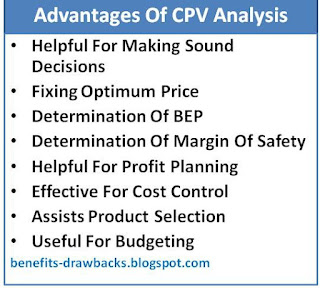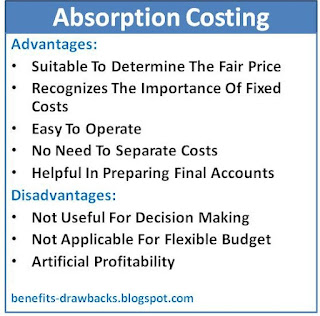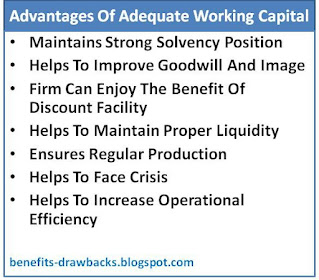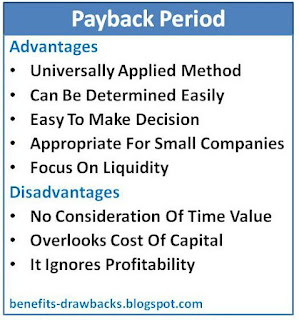Major advantages or benefits of job analysis can be highlighted as follows:
1. Manpower Planning
Job analysis provides job-related information to the management which helps to determine the job, prepare human resource information system and human resource inventory. So, it is the foundation of manpower planning in the organization.
2. Recruitment And Selection
Job analysis helps to recruit and select competent manpower for the job according to the job description and job specification. So, it helps to establish effective hiring policy in the organization.
3. Proper Placement
Job analysis ensures proper placement of employees according to their knowledge, skill and capacity. It helps to improve the performance.
4. Training And Development
Job analysis helps to design effective training and development program by identifying the needs of the jobs and employees. It helps to enhance employee performance.
5. Job Evaluation
Job evaluation is conducted with the help of job-related information provided by job analysis.
Also Read:
Also Read:
6. Performance Appraisal
Job analysis helps the management to evaluate employees' performance by comparing their performance with the set standards. It helps to determine the variations and take appropriate steps to improve their performance.
7. Job Design
Job-related information received from job analysis helps the management in designing or redesigning the jobs.
8. Organizational Structure And Design
Job analysis helps to maintain proper balance between responsibility and authority in the organization. So, it ensures effective organizational design and structure.
9. Safety And Health
Jon analysis always gives emphasis on the safety and health of the employees. It helps to maintain safety and healthy working environment by eliminating unsafe environment at the workplace.
10. Compensation Management
Job analysis helps in designing compensation package for each job. It helps the management to make compensation decisions.
























